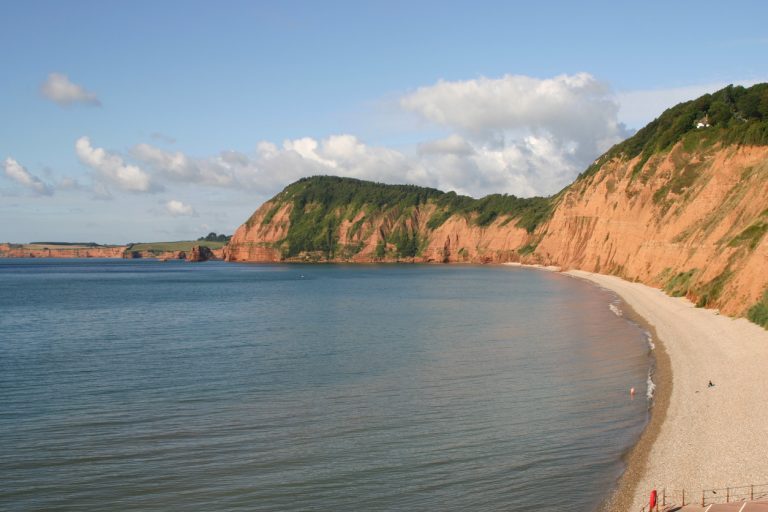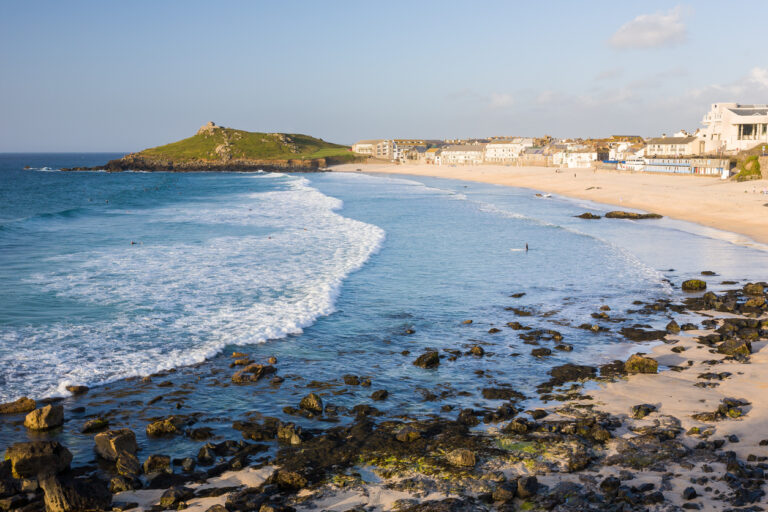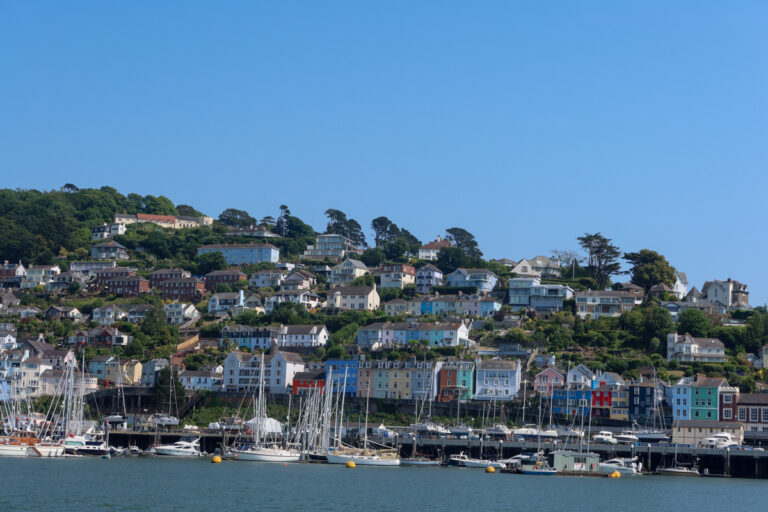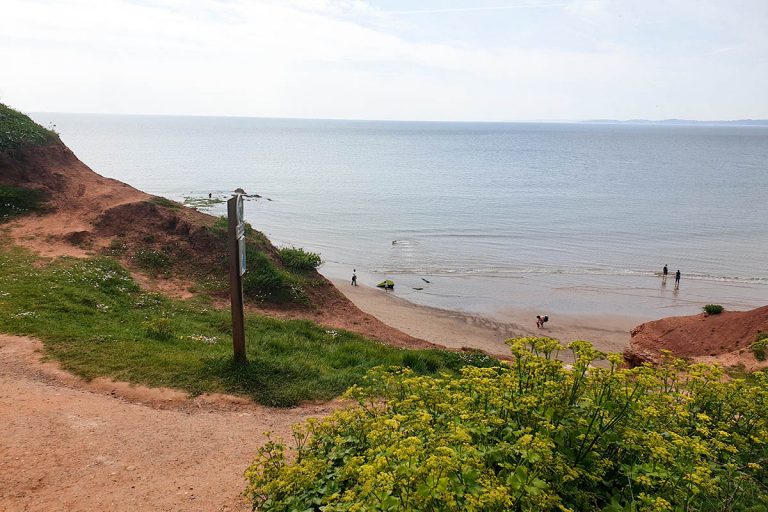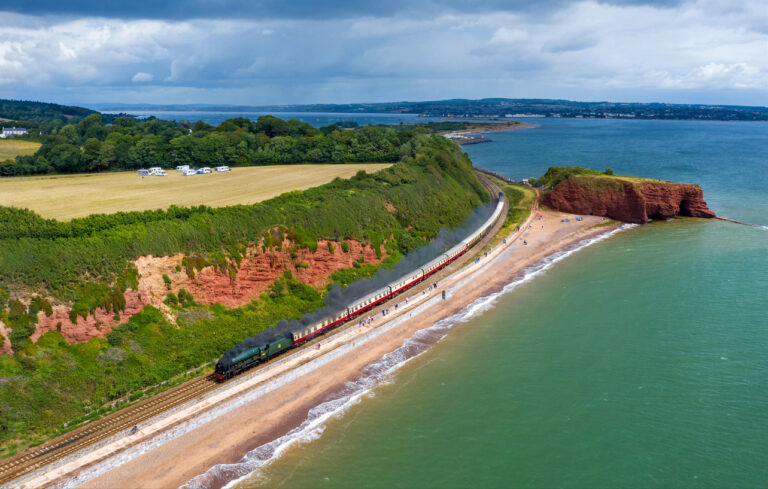Totnes History: facts about Totnes town for your visit!
Delve into the very best of Totnes’ history in this article!
A historic Devon market town, Totnes is one of the most interesting places to visit in the West Country.
It may only be a small country town nowadays, home to about 8,000 people, but it’s been a crucial place throughout its long history.
Whenever I visit Totnes I always find the history fascinating; here are some facts I’ve unearthed!
Totnes history: legends

Totnes’ history is integral to Britain’s history.
It’s said that Brutus of Troy, who – legend has it – was the founder of Britain, first came abroad on “the coast of Totnes”.
You can see the Brutus Stone, allegedly the first stone he stepped on, now located on Fore Street.
But it’s highly unlikely that this story is entirely true – set up a steep hill, it’s way higher than the highest tides have ever been – so at least some of the story must be a fabrication.
Medieval Totnes
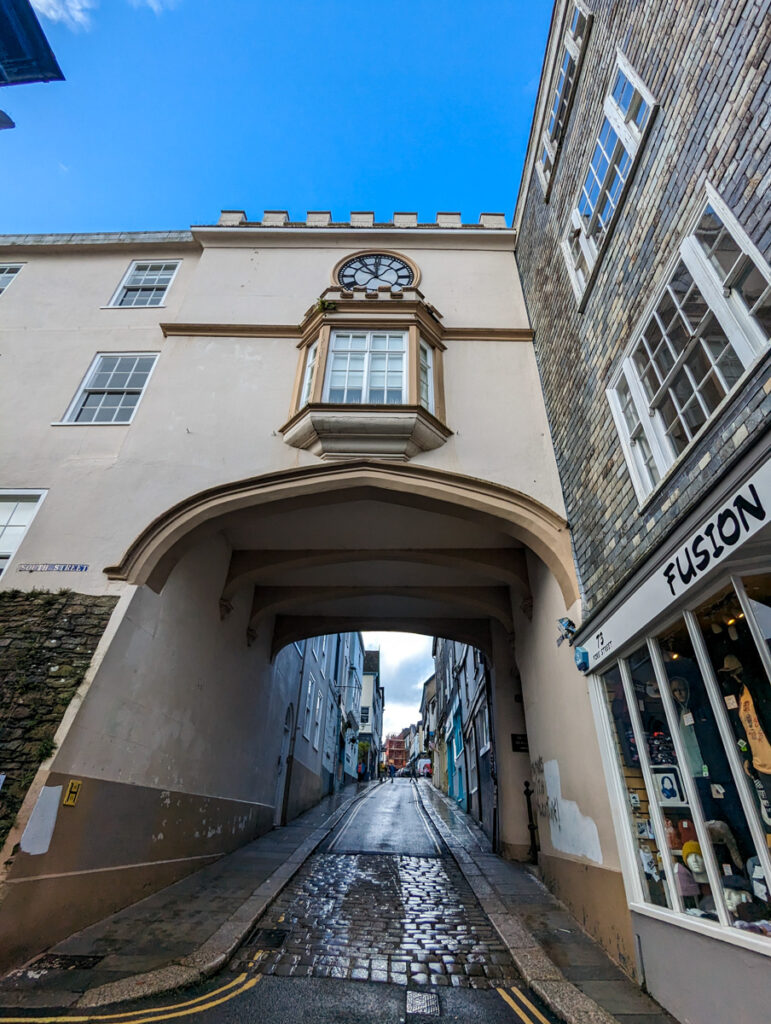
The first record of Totnes as a town was in the 10th century.
King Edward the Elder founded the town in 907 AD as part of the ring of defensive towns established in Devon. It was built on a historic trackway acting as a ford for the river at low tide.
Until the 12th century, Totnes had a mint for coins.
Totnes Castle started to be built sometime between the Norman conquest and the completion of the Domesday book by Judhael, who was in William the Conqueror’s army.
After building Totnes Castle and the priory, Judhael fell out of favour with the monarch and Totnes town was in danger of declining.
However, townspeople elected officials and developed their cloth trade.
This was a roaring success, and in the 13th century, Totnes was a prosperous market town. It was given a royal charter in 1206 – one of only two towns that have received this honour.
It was famous for being in easy access to the river and coastline as well as destinations both further east and west.
By the 14th century, the castle had a shell keep too!
Totnes in the Tudor era and Civil War

By the 15th century, Totnes was an incredibly wealthy town – the second richest in Devon and the sixteenth richest in England. As well as the cloth industry, it also benefited from the boom in tin mining in West Devon.
This prosperity resulted in St Mary’s Church being rebuilt in the 16th century, as well as many other buildings that you’ll see walking around Totnes today.
In 1624 the guildhall was used as a magistrates court, and Oliver Cromwell visited to meet other parliamentarians in the Civil War.
History of Totnes after the cloth trade

The cloth trade in Totnes began to decline in the 18th century (as it also did elsewhere in Devon) due to the Industrial Revolution further north. This happened because coal was used to operate machinery, and it meant that people could do the work a lot quicker; there was no coal in Devon, which hugely impacted the once prosperous industry.
However, Totnes remained a wealthy town – it was the main settlement of this part of Devon, which had a lot of agricultural industry. Its advantageous position on the River Dart also meant a popular place of residence for merchants.
Indeed, the writer Daniel Defoe visited in 1720 and commented on how many gentlemen lived in Totnes, and the number of middle-class people who moved there from elsewhere in Devon.
Totnes once again grew in the 18th century, with lots more buildings and bridges being constructed. This was overlooked by the Duke of Somerset, who was a descendant of Edward Seymour (Jane Seymour’s brother).
To this day, a lot of buildings in Totnes are still owned by the Seymour family!
Totnes in the 20th and 21st centuries

Totnes’s success continued through the 19th century, but it again faltered at the start of the 20th century, as the modernising world was in less need of market towns!
But a variety of new businesses, including Cow and Gate dairy and C and T Harris Ltd, a bacon factory, kept the industry in Totnes ticking over.
Nonetheless, its days as a grand market centre of Devon do belong in the past – but today, it is a famous tourist town with a vibrant cultural heritage.
Like many places in the southwest, Totnes relies on tourists – and the good news there are tonnes of things to do there – check out my full guide here!


